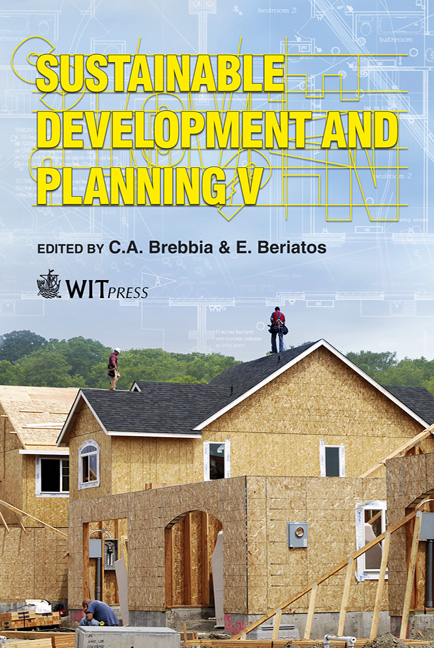Irrigation And Territory In The Southeast Of Spain: Evolution And Future Perspectives Within New Hydrological Planning
Price
Free (open access)
Transaction
Volume
150
Pages
15
Page Range
623 - 637
Published
2011
Size
2,893 kb
Paper DOI
10.2495/SDP110521
Copyright
WIT Press
Author(s)
A. L. Grindlay, C. Lizárraga, M. I. Rodríguez & E. Molero
Abstract
The model of the regional economic development of southern Spain cannot be understood without taking into account intensive irrigated agriculture and its inextricable relationship with water availability. In this semi-arid territory, the need to ensure the efficiency of agricultural water use has been a constant, which has led to the gradual modernization of systems of resource use. However, the total water demand in the Segura River Basin and Almeria province has increased to exceed the limits of natural resources, resulting in a structural water deficit with an unsustainable trend, as is highlighted in hydrological planning. In this paper we analyse the shape, socio-economic and environmental consequences of the expansion of irrigation in Murcia and of greenhouses in Almeria. It becomes clear that the main shortcoming is the structural shortage of groundwater. The paper concludes with the idea that, despite this severe limitation, more productive irrigation could absorb the higher costs of a solution based on water from coastal desalination to solve the hydrological deficit and, in turn, can become a guarantor of the quality of the ecosystems, food security and good territorial order within the sector. Keywords: irrigation, water, regional economic development, new hydrological planning, Almeria, Murcia. 1 Introduction The defining feature of the south-eastern peninsular of Spain, where the provinces of Almeria Murcia are located, respectively in the Andalusian
Keywords
irrigation, water, regional economic development, new hydrological planning, Almeria, Murcia.





